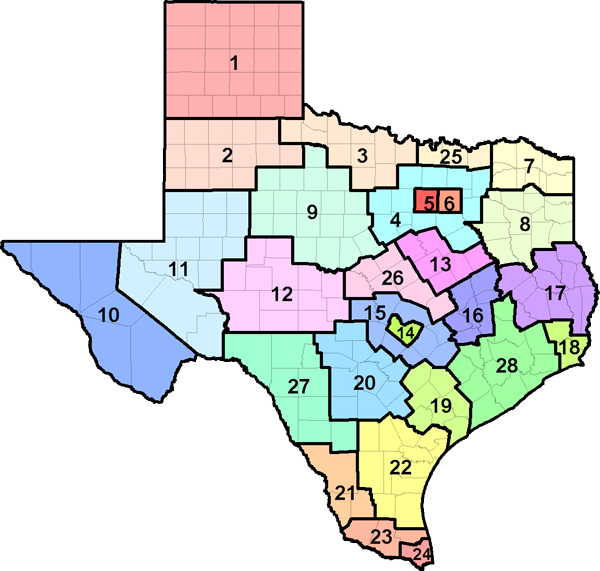The U.S. Department of Labor has developed an automated occupational information database, O*NET, that identifies and describes work content, work skills, and training requirements for all jobs across the country in all sectors of the economy. Much of the occupational information contained in this report is derived directly from the O*NET database, and supplemented with information from the Bureau of Labor Statistics, Census Bureau, and Labor Market and Career Information.

| Industry | % of Chief Executives employed | Annual Growth Rate |
|---|---|---|
| Elementary and secondary schools | 3.7 | -1.56 |
| Computer systems design and related services | 3.4 | -0.32 |
| Management, scientific, and technical consulting services | 3 | -0.62 |
| Scientific research and development services | 2.1 | -1.07 |
| 2022 National employment | 280,000 |
| 2022 Texas employment | 6,994 |
| Texas projected employment by 2032 | 7,120 |
| Texas projected annual employment and Turnover openings through 2032 | 476 |

| Region | Employment | Projected Employment 2032 | Projected Annual Openings 2032 |
Annual Growth Rate |
Average Income |
|---|---|---|---|---|---|
| Texas (all regions) | 6,994 | 7,120 | 476 | 0.18% |
|
| Top 10 Relevant Knowledge Areas | Relevant Importance Levels |
|---|---|
| Administration and Management Knowledge of business and management principles involved in strategic planning, resource allocation, human resources modeling, leadership technique, production methods, and coordination of people and resources. |
|
| Personnel and Human Resources Knowledge of principles and procedures for personnel recruitment, selection, training, compensation and benefits, labor relations and negotiation, and personnel information systems. |
|
| English Language Knowledge of the structure and content of the English language including the meaning and spelling of words, rules of composition, and grammar. |
|
| Customer and Personal Service Knowledge of principles and processes for providing customer and personal services. This includes customer needs assessment, meeting quality standards for services, and evaluation of customer satisfaction. |
|
| Economics and Accounting Knowledge of economic and accounting principles and practices, the financial markets, banking, and the analysis and reporting of financial data. |
|
| Public Safety and Security Knowledge of relevant equipment, policies, procedures, and strategies to promote effective local, state, or national security operations for the protection of people, data, property, and institutions. |
|
| Computers and Electronics Knowledge of circuit boards, processors, chips, electronic equipment, and computer hardware and software, including applications and programming. |
|
| Sales and Marketing Knowledge of principles and methods for showing, promoting, and selling products or services. This includes marketing strategy and tactics, product demonstration, sales techniques, and sales control systems. |
|
| Mathematics Knowledge of arithmetic, algebra, geometry, calculus, statistics, and their applications. |
|
| Education and Training Knowledge of principles and methods for curriculum and training design, teaching and instruction for individuals and groups, and the measurement of training effects. |
| Top 10 Relevant Skill Areas | Relevant Importance Levels |
|---|---|
| Judgment and Decision Making Considering the relative costs and benefits of potential actions to choose the most appropriate one. |
|
| Critical Thinking Using logic and reasoning to identify the strengths and weaknesses of alternative solutions, conclusions, or approaches to problems. |
|
| Complex Problem Solving Identifying complex problems and reviewing related information to develop and evaluate options and implement solutions. |
|
| Coordination Adjusting actions in relation to others' actions. |
|
| Speaking Talking to others to convey information effectively. |
|
| Systems Evaluation Identifying measures or indicators of system performance and the actions needed to improve or correct performance, relative to the goals of the system. |
|
| Management of Financial Resources Determining how money will be spent to get the work done, and accounting for these expenditures. |
|
| Management of Personnel Resources Motivating, developing, and directing people as they work, identifying the best people for the job. |
|
| Systems Analysis Determining how a system should work and how changes in conditions, operations, and the environment will affect outcomes. |
|
| Social Perceptiveness Being aware of others' reactions and understanding why they react as they do. |
| Top 10 Relevant Abilities | Relevant Importance Levels |
|---|---|
| Oral Comprehension The ability to listen to and understand information and ideas presented through spoken words and sentences. |
|
| Oral Expression The ability to communicate information and ideas in speaking so others will understand. |
|
| Written Comprehension The ability to read and understand information and ideas presented in writing. |
|
| Speech Clarity The ability to speak clearly so others can understand you. |
|
| Written Expression The ability to communicate information and ideas in writing so others will understand. |
|
| Deductive Reasoning The ability to apply general rules to specific problems to produce answers that make sense. |
|
| Inductive Reasoning The ability to combine pieces of information to form general rules or conclusions (includes finding a relationship among seemingly unrelated events). |
|
| Information Ordering The ability to arrange things or actions in a certain order or pattern according to a specific rule or set of rules (e.g., patterns of numbers, letters, words, pictures, mathematical operations). |
|
| Problem Sensitivity The ability to tell when something is wrong or is likely to go wrong. It does not involve solving the problem, only recognizing that there is a problem. |
|
| Speech Recognition The ability to identify and understand the speech of another person. |